Brakes have to be one of the most important parts of a bike. A pair of well set up and suitable brakes for the sort of riding you’re doing can, believe it or not, help you ride faster.
- How to bed in new disc brake pads in 8 easy steps
- 5 quick ways to get your mountain bike ready for mud
If you’ve got confidence in your stoppers you’ll be able to brake later safe in the knowledge they’ll slow you down. This means you maintain more speed for longer.
There are plenty of things you can do to get your brakes working optimally and there are other things you should consider when you’re buying brakes in the first place.
Which model of SRAM brake do I need?
You need to decide which brakes are best suited to the sort of riding you’re doing, whether that’s cross-country, enduro, downhill or otherwise.
SRAM Level brakes
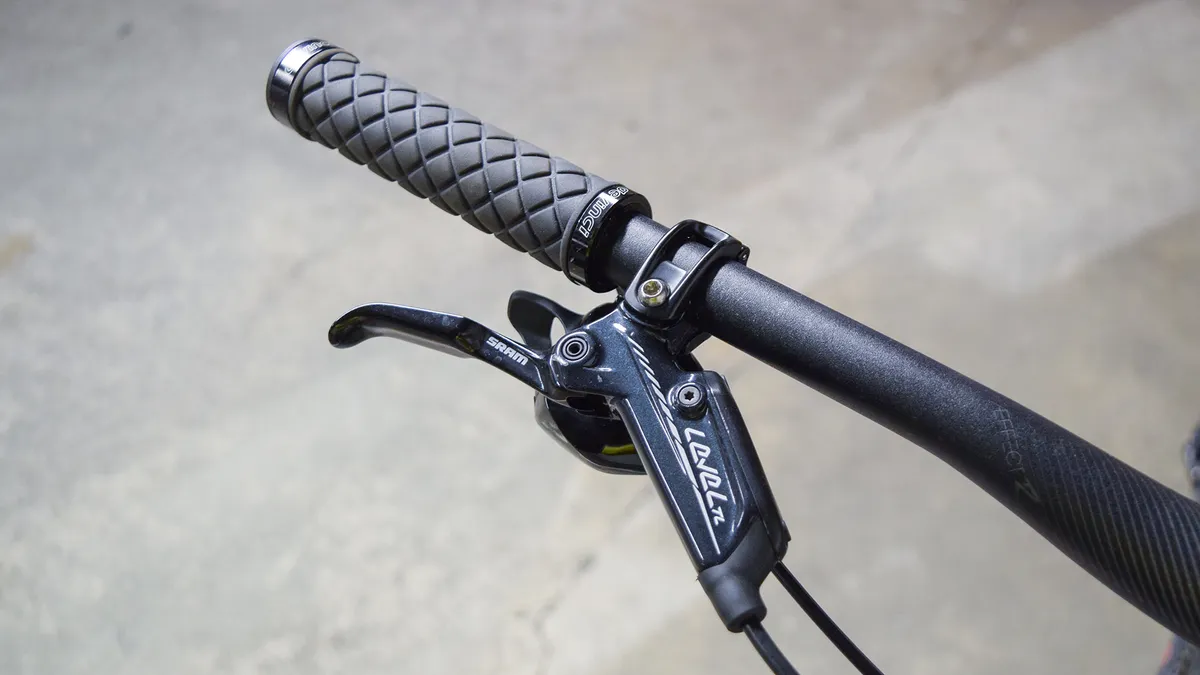
SRAM’s Level brakes are its XC offering and hope to strike that perfect ratio of power and weight.
SRAM G2 brakes
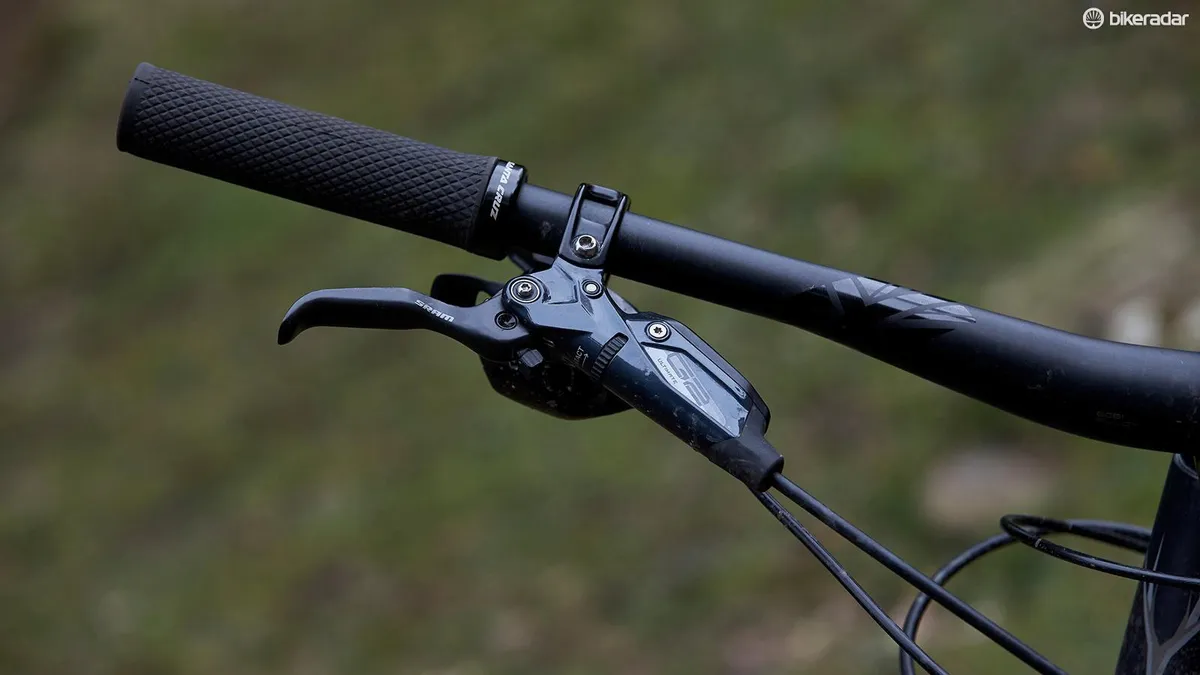
If you’re a trail or light enduro rider, the G2 brakes should be on your radar. With four pistons they claim to offer up much more power than the Level, but SRAM has been very careful with the materials it uses to help keep weight down without sacrificing performance.
SRAM Code brakes
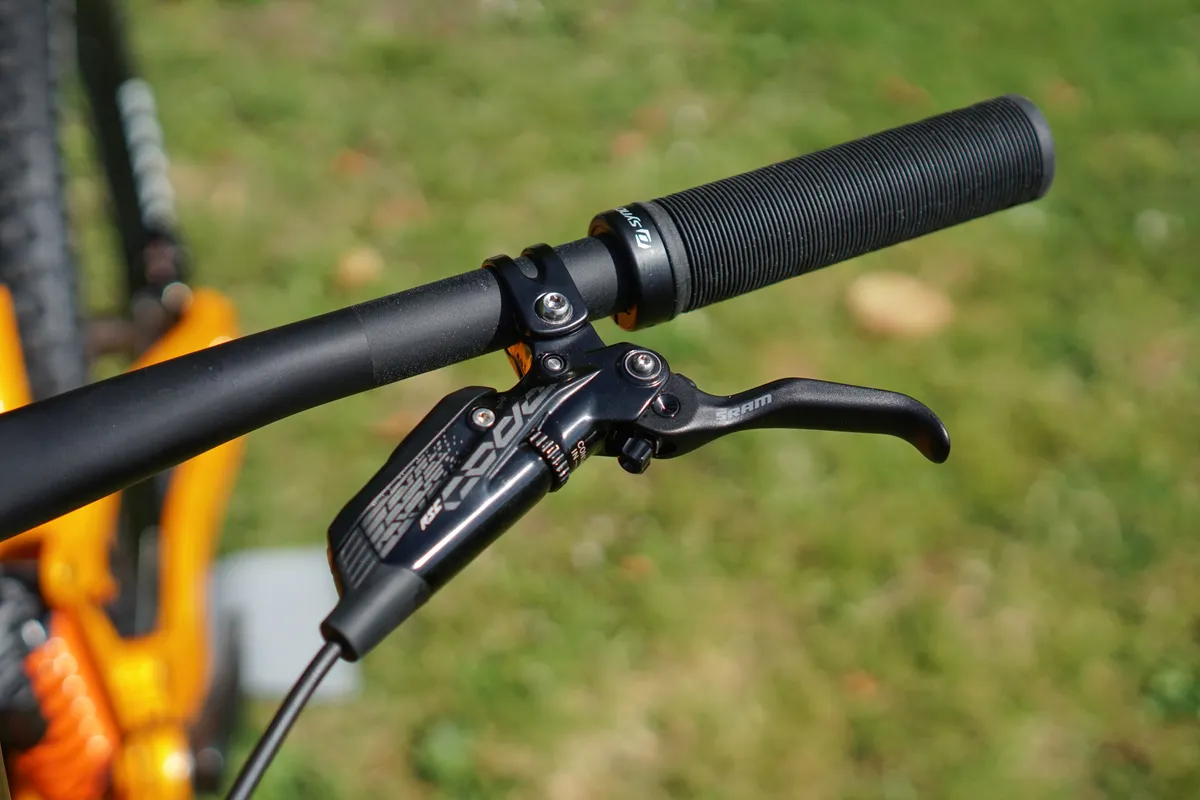
For the most gravity focused riders out there, Codes are the most powerful brakes SRAM offers. Using tech specially focused on increasing stopping power, if you’re a full-on enduro racer or a DH demon, the Codes should be up to the job. Codes are also the most appropriate for e-bikes given their extra weight.
Which disc brake rotor size is right for me?
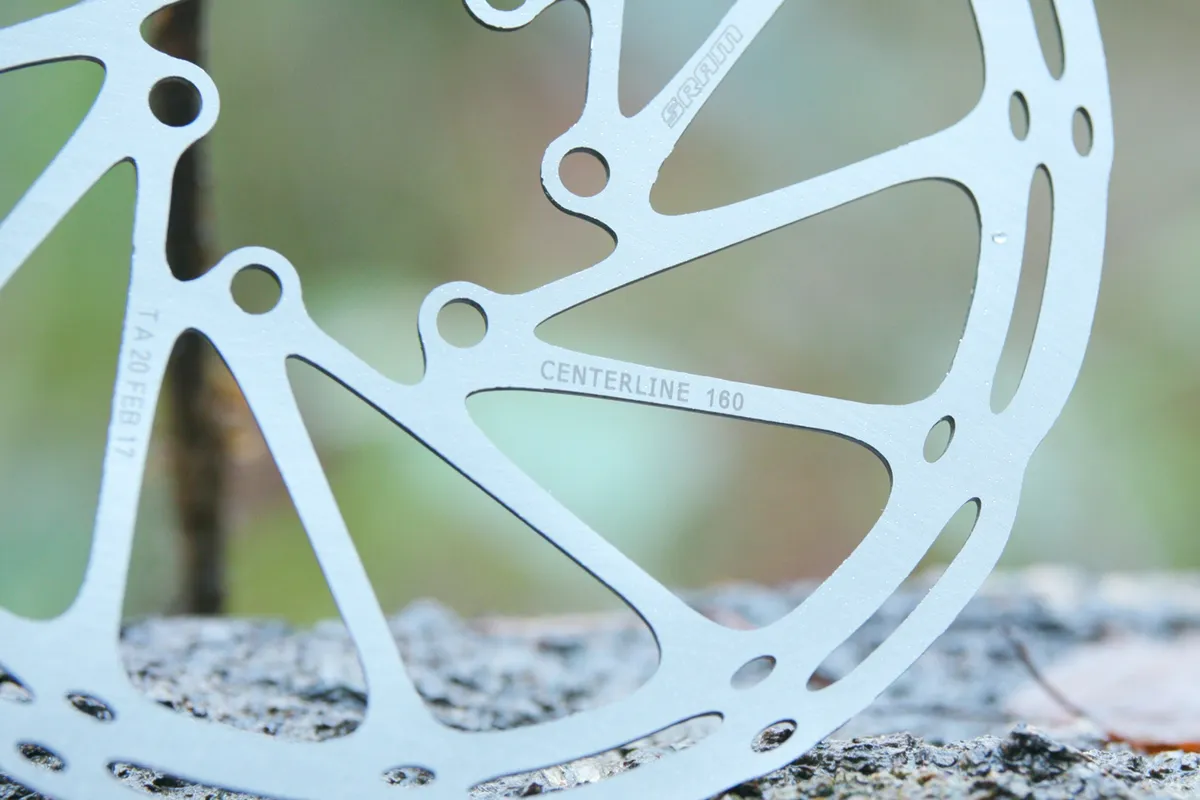
Once you’ve decided which model of brake you want, you’ll need to decide on disc brake rotor size. Generally speaking, the bigger the rotor the more powerful your brakes are going to feel.
The rotor size you can use depends on a few factors, some dictated by your frame or fork’s specifications. Generally, disc rotors start at 160mm and increase in size in 20mm increments up to 200mm – but SRAM now has a 220mm rotor for DH and electric mountain bikes.
Weight-conscious XC riders run smaller rotors, generally 160mm, whereas downhill gravity junkies should go for the largest rotors possible.
Trail and enduro riders will sit in the middle of the spectrum running rotors from 160mm up to 200mm depending on how demanding the descents are or how light they want their bikes to be.
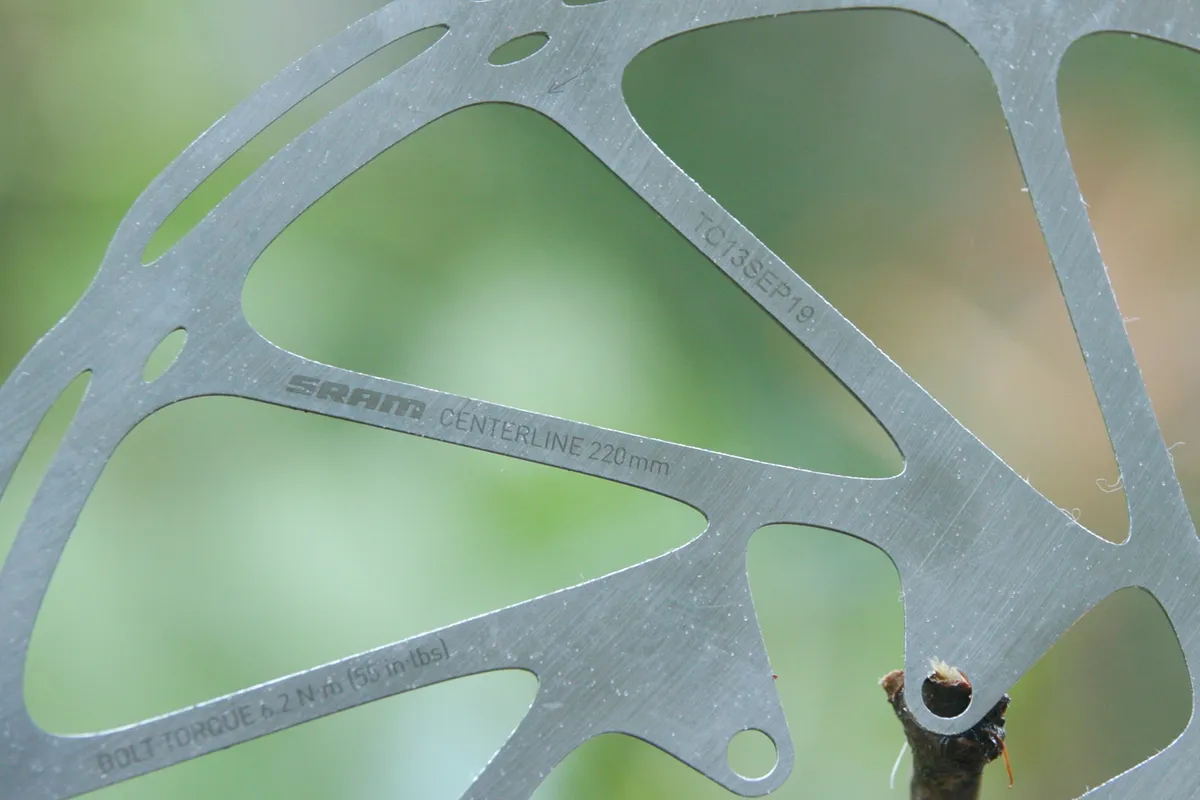
Heavier or harder riders will benefit from bigger disc rotors because they put tougher demands on the brakes.
Upping rotor size can increase the range of power a set of brakes offer, essentially making less powerful brakes feel like they’ve got more oomph – this is a great budget-friendly way of increasing the scope of your current stoppers.
Brake setup
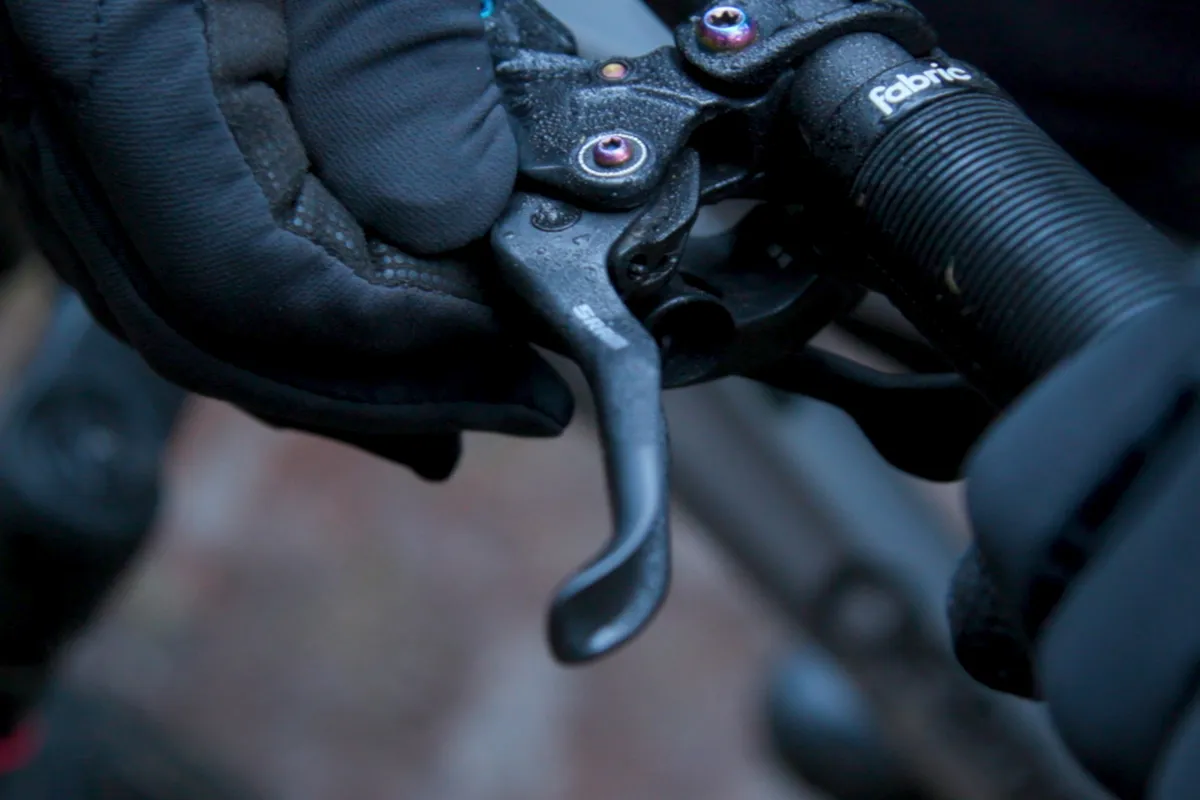
The top tier of SRAM brakes have two levels of adjustability: lever reach and pad contact.
Lever reach adjustment
Lever reach adjust controls how far away the lever blade is from the handlebars without changing where the bite point is, which is when the brakes engage, clamping the disc rotor.
People with longer fingers will generally move the lever blades further away from the handlebar grips, while people with shorter digits will normally move the lever blades closer to the bars.
Getting the lever blades set in the correct position for your hands can be a good way of reducing arm pump – the fatiguing feeling you get in your forearms when you’re riding long descents and braking lots.
If your fingers are stretching and struggling to reach the levers then arm pump can increase, so setting them at the optimal position is essential.
Pad contact adjustment

Lever reach adjustment can’t change where the bite point is, so if you run your brake levers particularly close to the bars then the bite point might be uncomfortably close to the grips because there’s a large amount of lever throw.
While it is possible to change the bite point by adjusting how close the pads are to the disc manually, there is a better way.
SRAM’s contact point adjustment does this for you by moving the pads closer or further away from the disc when you turn the corresponding dial on the lever body.
Brake bedding in process
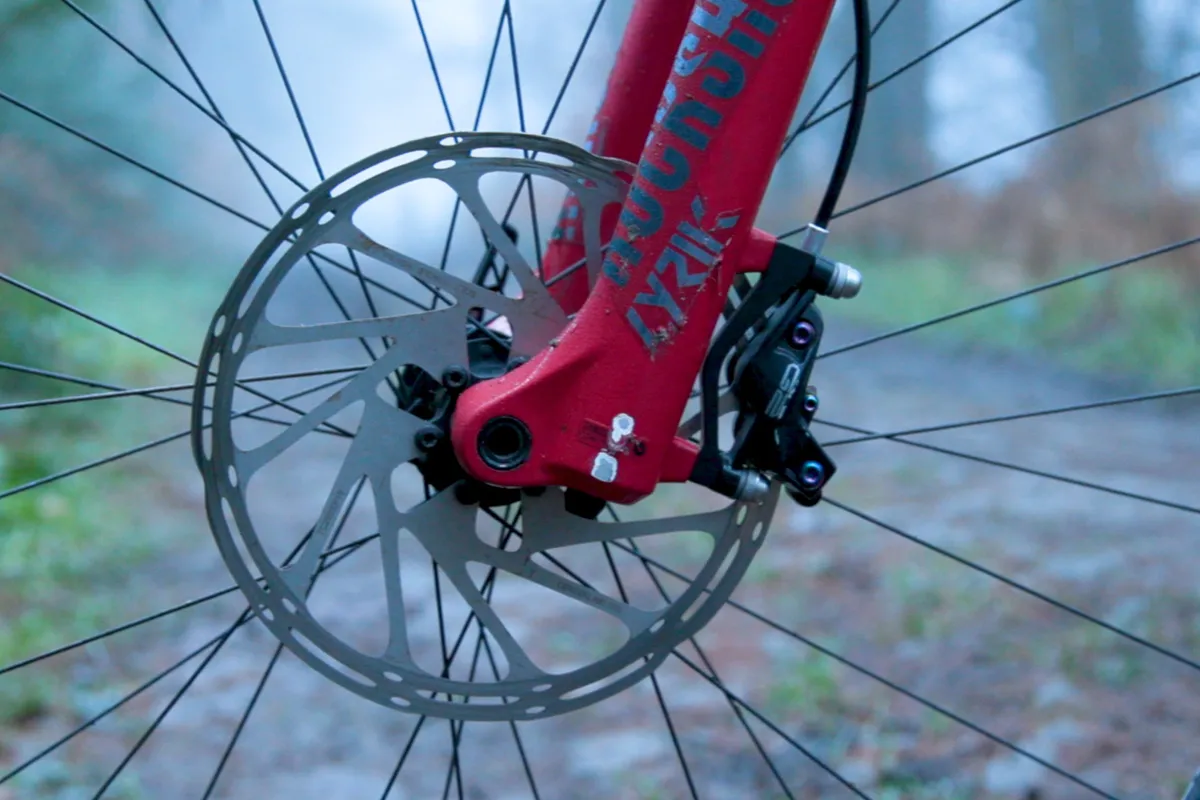
Once you’ve got your brakes installed and feeling how you want them, it’s important to bed them in correctly.
Bedded in correctly your brakes will perform better for longer and should be more powerful and consistent when in use. Bedding them in heats up the discs and pads and transfers a layer of pad material to the disc’s surface.
To bed them in, you’ll need to brake heavily without locking up either wheel, instead dragging the pads over the disc rotors to evenly transfer the pad material.
At a moderate speed, firmly and evenly apply the brakes until you’re at walking speed, then, without stopping to a halt, release the brakes and accelerate back to a moderate speed and repeat the process around 20 times.
As the process continues, you’ll notice the brakes biting better and feeling more powerful.
The next procedure requires you to do the same thing from a higher speed, repeating it 10 times. Once you’ve done that, let the brakes cool so that the material transfer can set before you go riding.
This process will need repeating every time you replace the discs or pads.
Maintaining brake performance
To keep your brakes performing as they should, it’s important to make sure you bleed them whenever the levers feel spongy and the brakes don’t bite the pads as aggressively.
The bleed process isn’t as hard as people make out, as long as you’ve got all of the correct tools.
SRAM’s YouTube account has plenty of videos on how to properly bleed your brakes.
Oil contamination
You want to avoid contaminating your brakes at all costs.
When you’re oiling your chain, spraying lubricant on your bike or doing general maintenance, oil can get onto your discs or pads, seriously reducing their performance.
If you do contaminate your brakes with oil you might need to replace your pads and disc rotors to get them performing as good as they should.
Brake power and modulation
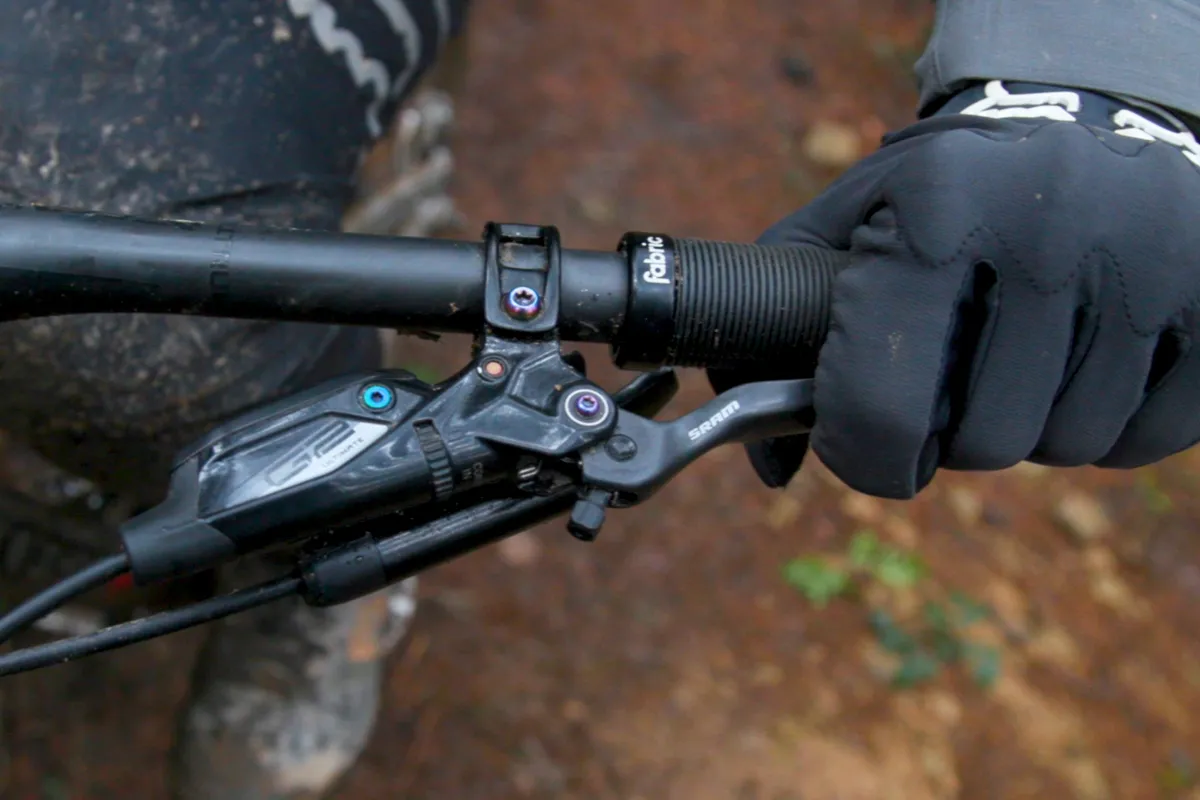
Modulation is how controllable the brake’s power is. When you pull the lever, instead of the brakes locking up instantly, it’s possible to control the amount of force the pads exert on the disc.
SRAM's G2 brakes have a four-piston caliper where two pistons out of the four are smaller. This makes them contact the pads first, pushing the pads onto the disc at an angle which should help to reduce the noise the brakes make while increasing brake modulation.
This makes it easier to get the maximum amount of braking force without locking up the wheels, which means you’ll be able to slow down quicker and with more control.
A more powerful brake will need more modulation to help you control its power.
Which disc brake pads should I use?
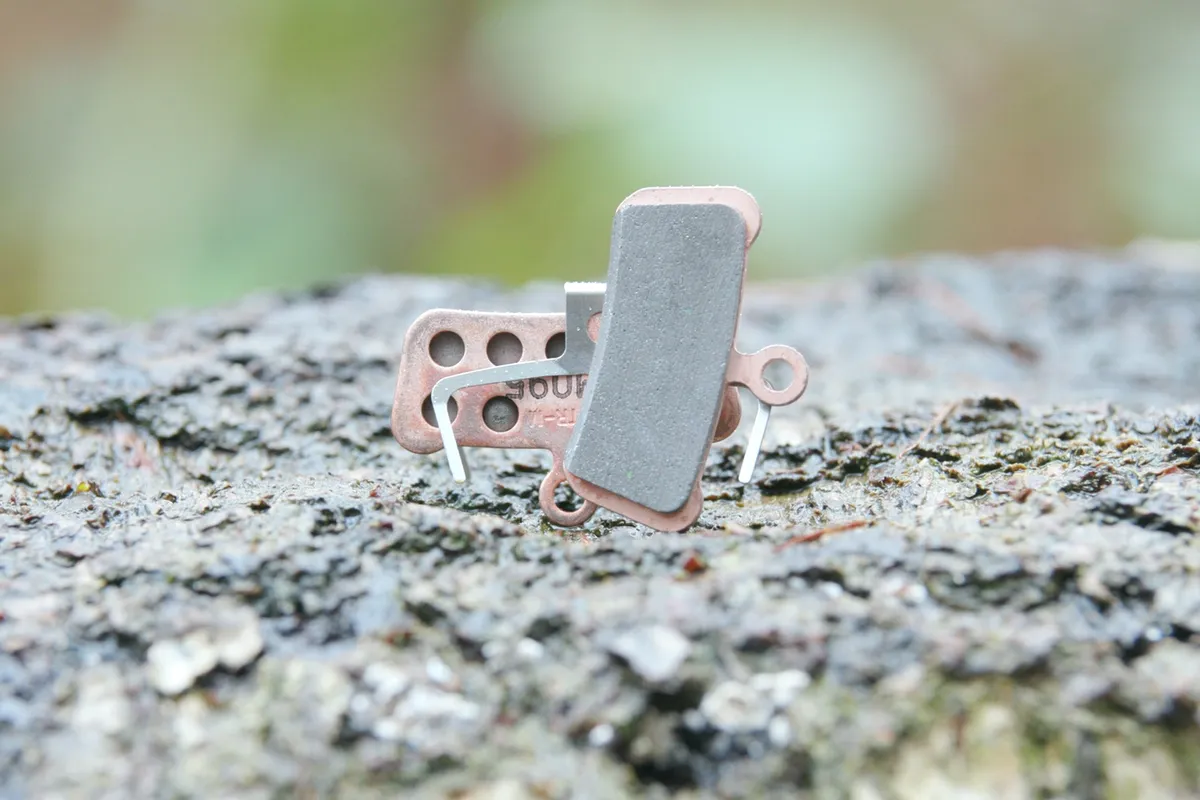
It’s very important to understand the type of brake pads that are best-suited to the conditions you ride in. We've got a separate in-depth guide to disc brake pads, but here's a quick overview.
Sintered brake pads
If you ride in the wet and mud or are a particularly hard rider tackling tough descents, a sintered brake pad is the best option.
Sintered pads have a metal-based compound that works well in extreme conditions, and mud, dirt and water don’t wear the pad material down any more than if it was dry. However, sintered pads can be a little noisier when they’re wet.
Organic brake pads
Organic pads have a softer compound without any metal-based material. This means they’re not quite as powerful as sintered pads but make less noise in wet conditions and produce less heat under hard use.
Power brake pads
SRAM’s newest Power pads mix the properties of sintered and organic pads. The new compound is claimed to produce a more aggressive bite and increase power under sustained braking.
If you’ve been using sintered pads on your disc rotors and you want to swap to organic ones you will find that the material left behind by the pads on the disc rotor will eat away at the organic pads very quickly.
To solve this problem, you will need to carefully rub down your disc rotors with emery paper to remove the layer of sintered pad material.
Once you’ve done that, you should be able to use organic pads, again bedding them in, following the procedure from before.
It’s fine to swap between sintered and power pads on the same disc rotors, though.
